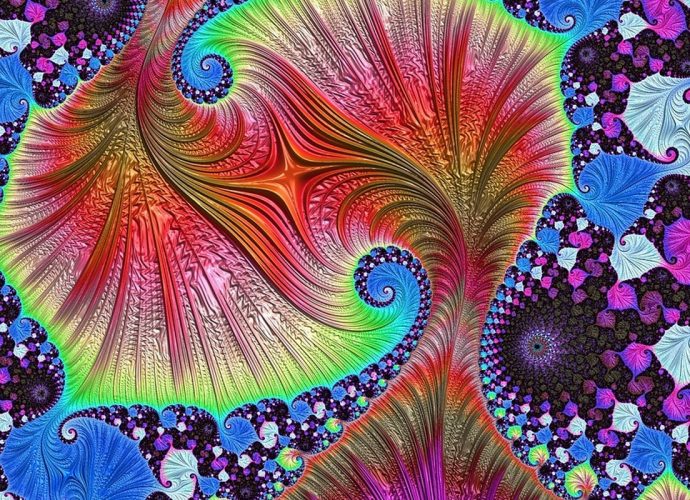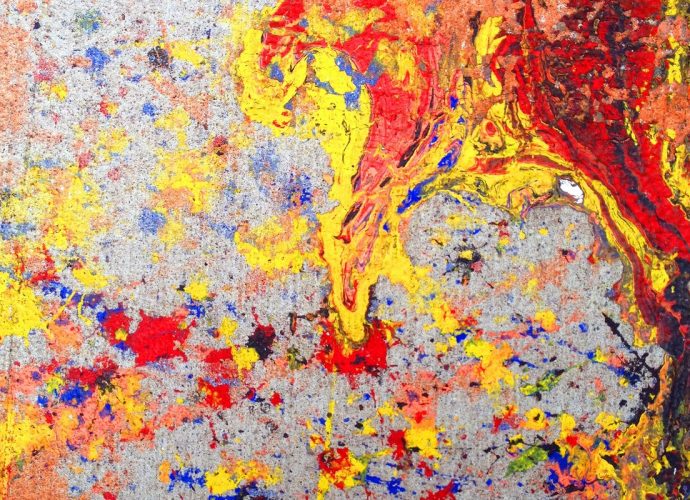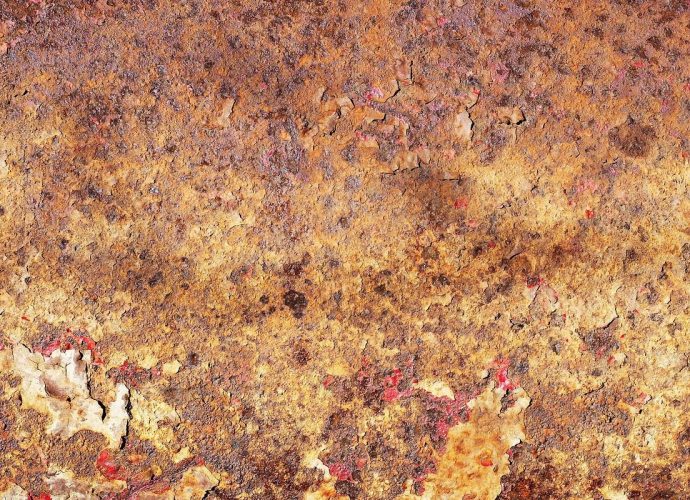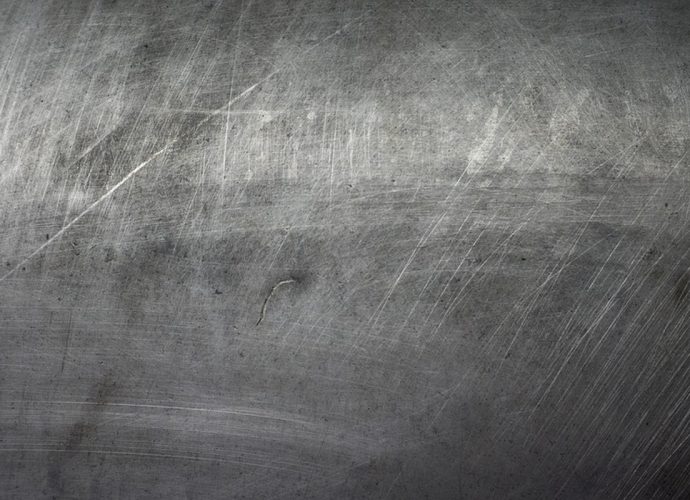Are All Gases Flammable?
Understanding flammable gases to mitigate potential risks Acetylene, ammonia, hydrogen, propane, propylene and methane are all flammable gases, also known as fuel gases. They burn when mixed with an oxidant and provided with a source of ignition. Which gas can fire? Oxygen, fuel and heat are needed for fire toRead More →








